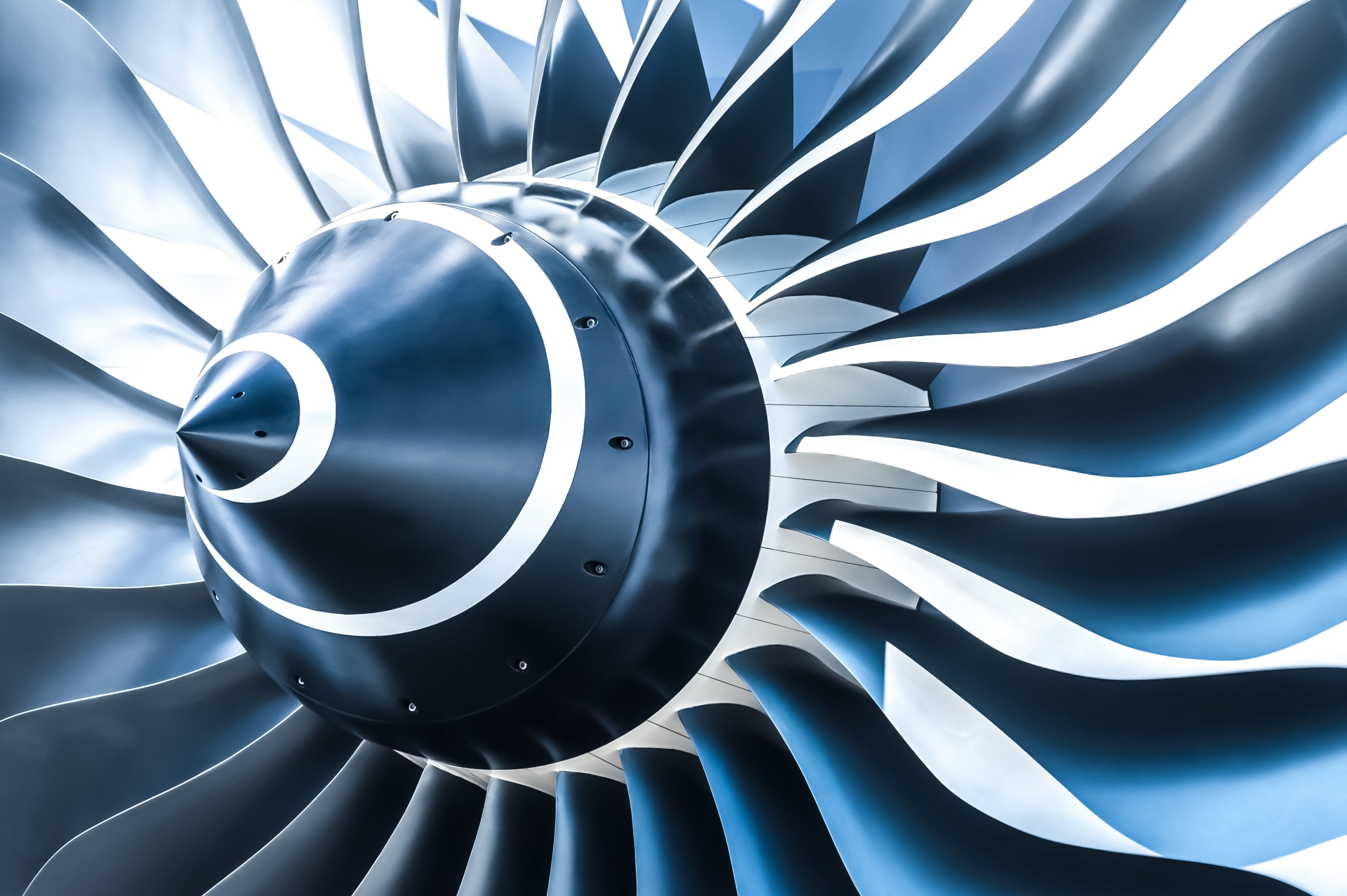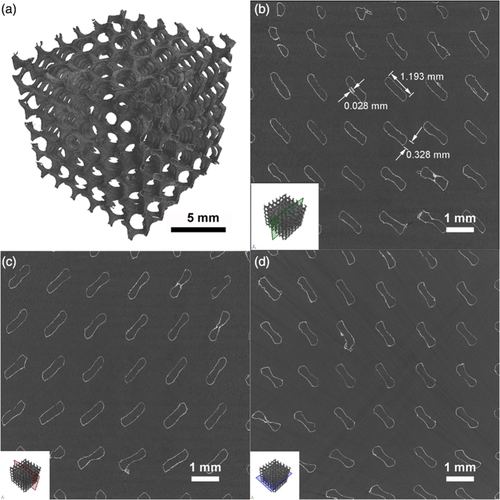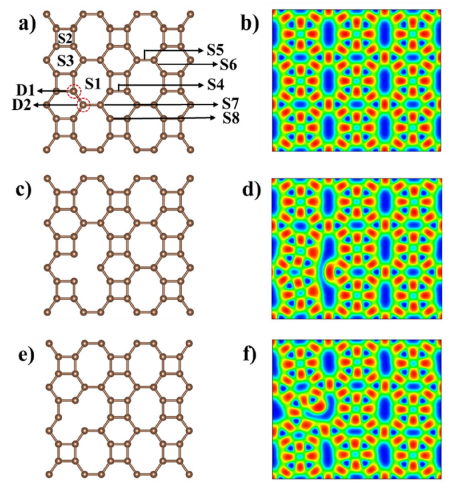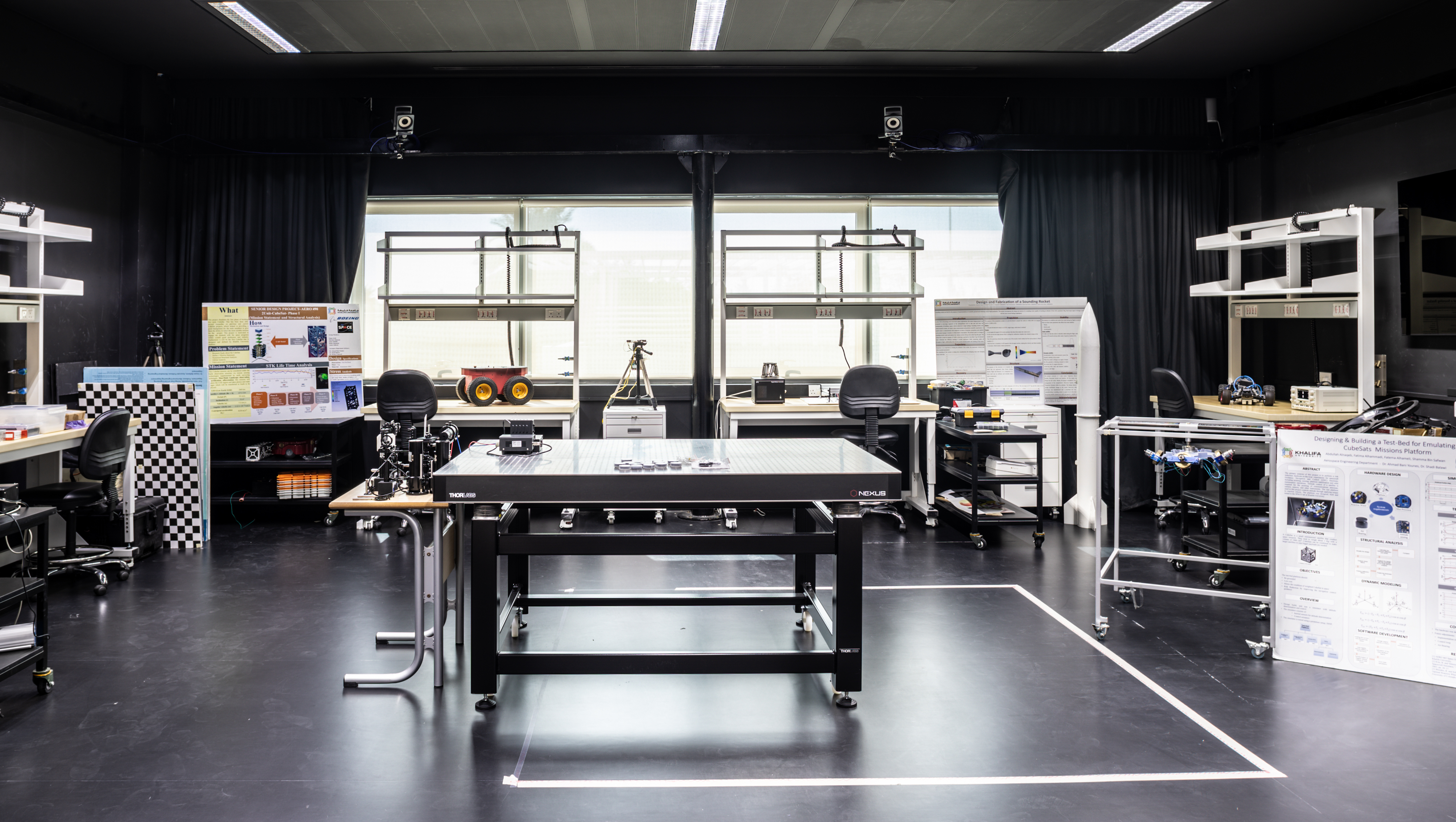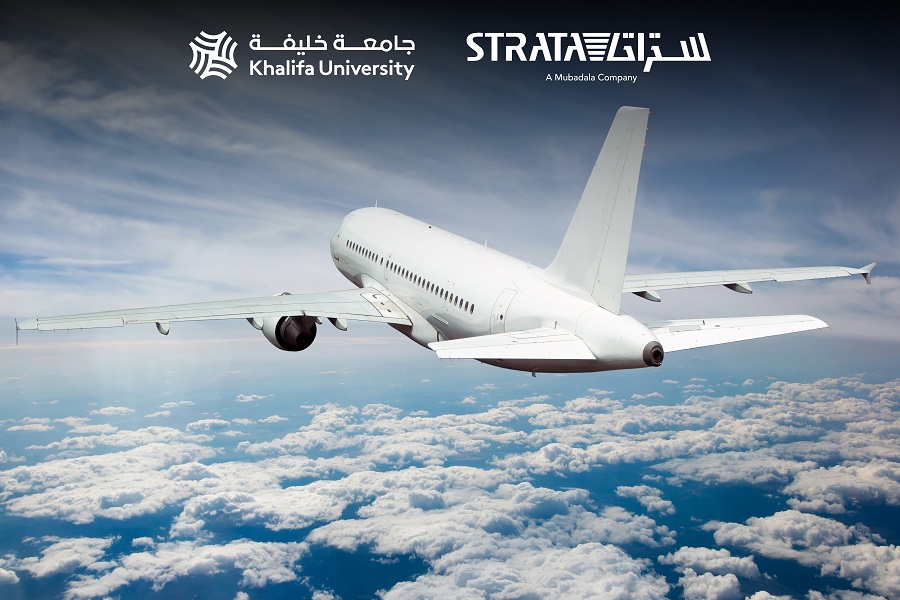‘Self-Healing’ Composite Materials for Aerospace Applications
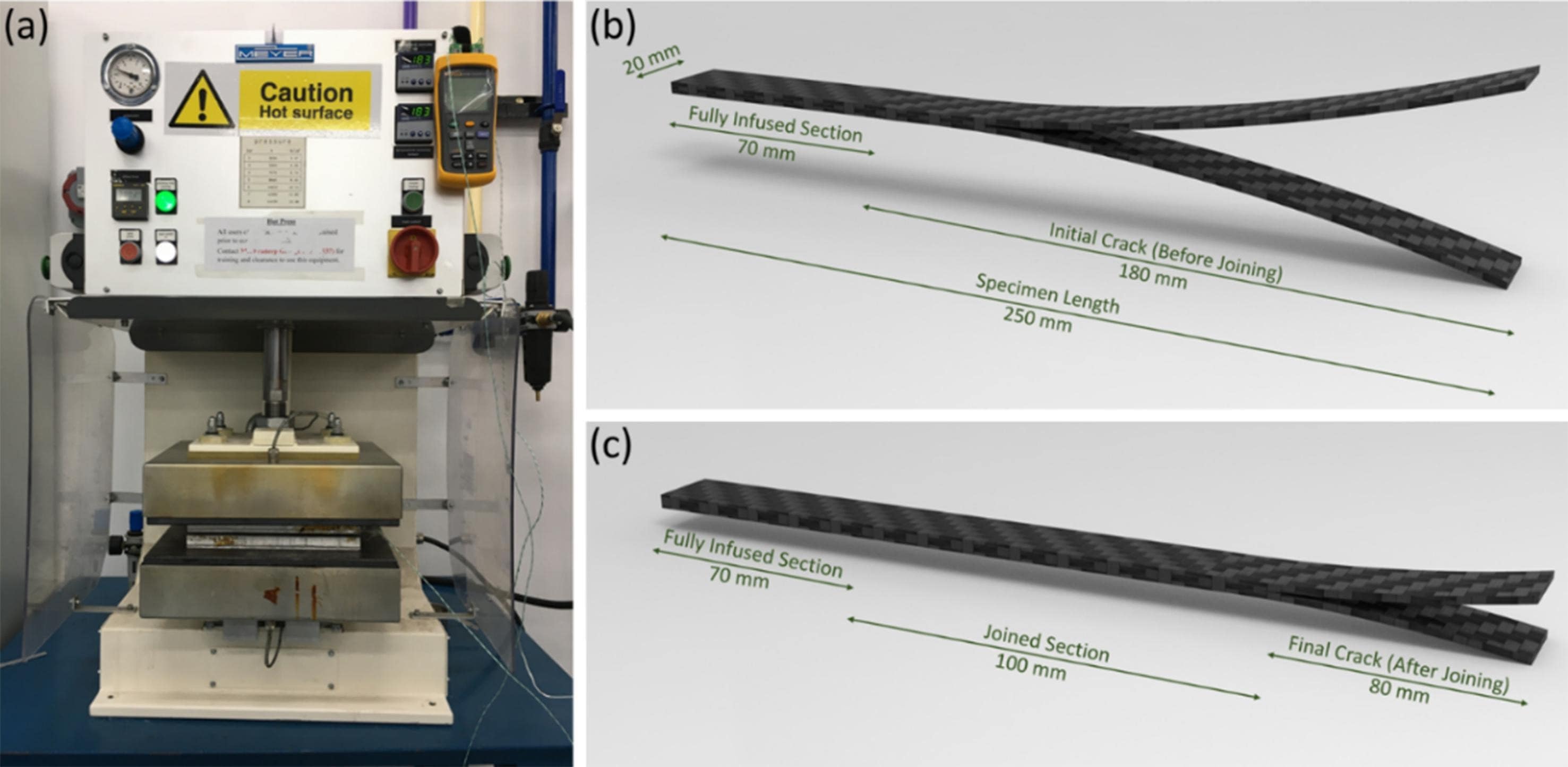
A team from Khalifa University has developed a technique to repair aerospace parts using autohesion, or ‘self-healing.’
A composite material is a combination of materials designed to achieve specific structural or performance properties. Fiber-reinforced polymer composite materials (FRPCs) are one such type of composite used in aerospace applications. FRPCs can enhance structural performance in an aircraft while reducing weight. Their high strength, load-bearing capability, high corrosion resistance, and enhanced durability makes FRPCs state-of-the-art materials in aerospace applications.
However, no material is perfect, and one of the biggest challenges faced in the aerospace industry is dealing with damaged composite parts. Damaged composite structures tend to be replaced because repairing them is expensive and labor-intense.
A KU research team has found a way to repair these damaged parts using a technique called crack healing. Using innovative thermoplastic composites, this technique can make damaged parts almost good as new again. It can also be used to join parts together to make more complex structures.
The team comprised Tayyab Khan, PhD student, Dr. Muhammad Irfan, Postdoctoral Fellow, Prof. Wesley Cantwell, Director of the Advanced Research and Innovation Center (ARIC), and Dr. Rehan Umer, Associate Professor, Aerospace Engineering Department. Their results were published in a leading journal in the field of composites, Composites Part A: Applied Science and Manufacturing.
In the aerospace industry, FRPCs are employed in both structural and non-structural aircraft components. Most complex aerostructures are formed by joining multiple small parts, with the joint often representing the weakest part. Introducing complexity into large composite parts is often a challenge, and one of the most cost-effective methods to achieve complex structures involves joining smaller parts together.
To test their technique, the team fabricated carbon-fiber reinforced composite material with pre-existing cracks introduced in a novel infusible thermoplastic matrix. These faults were then ‘repaired’ using hot press, by melting them back together again.
“Self-bonding, also known as autohesion, through interdiffusion is an interesting joining approach that has the potential to provide strong bonds between two polymer surfaces,” Dr. Umer said. “Two polymer surfaces in contact with each other can interdiffuse if the polymer chains are mobile enough—if the temperature is high enough.”
Fusion bonding techniques can be used to both join and repair thermoplastic composites. It is the material itself that can be readily melted and consolidated: The heat introduces mobility to the polymer chains that make up the material. These chains can then move and interlink with each other, mixing together and creating a strong seal between the two parts without any need for an adhesive.
“Strong bonds are formed through interdiffusion and the subsequent entanglement of the polymer chains across the interface,” Dr. Umer said. “The initial boundary gradually disappears—the crack vanishes—and mechanical strength builds up at the interface.”
Fusion bonding can’t be used with just any material, such as traditionally used thermosets in aerospace industry. Many thermoplastics have high melt viscosities and high processing temperatures, limiting their widespread use in many sectors, including the aerospace industry. New materials have been developed, including Elium, a novel infusible thermoplastic resin. Arkema Industries China provided the Elium material for the KU team’s research.
The team fabricated pre-cracked laminates from the Elium material and then ‘healed’ the laminates at different temperatures for various time periods and under a range of pressures. They found that pressure had a negligible effect on the results, with the temperature used having the most influence. The laminates bonded at higher temperatures for longer showed the highest strength at the repaired area, with these repaired composites testing at strengths near to those of new or undamaged laminates.
Jade Sterling
Science Writer
20 June 2022
